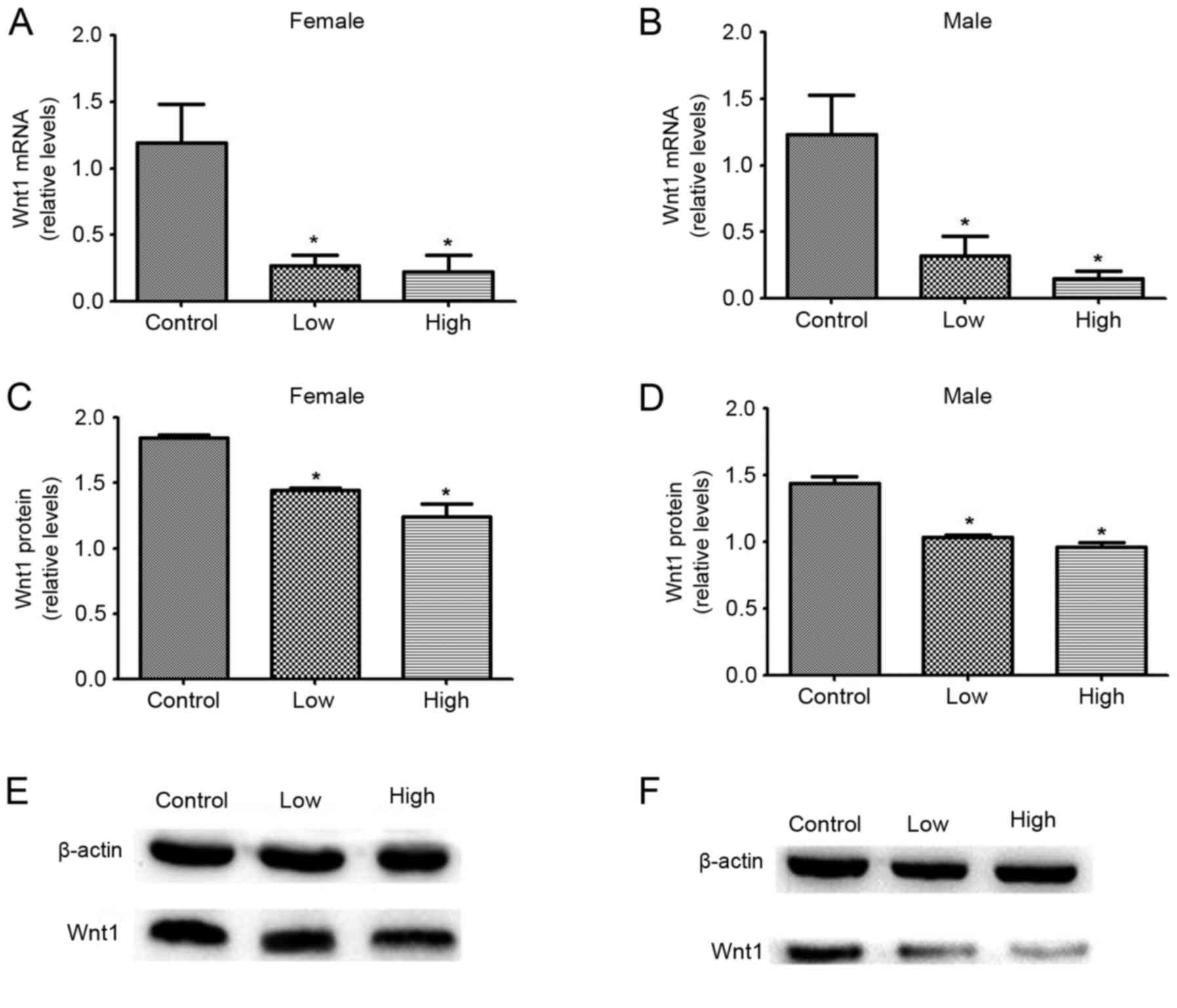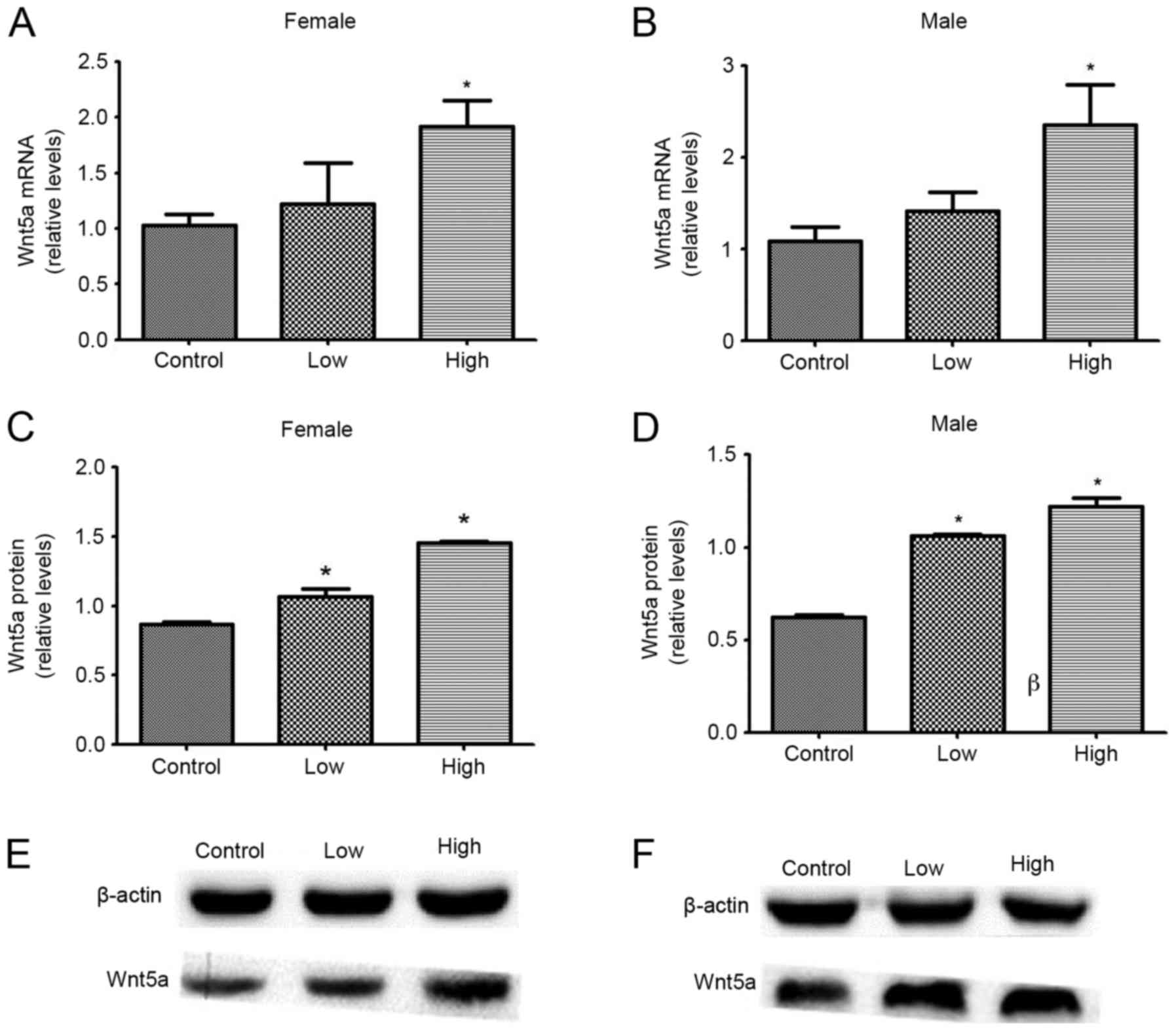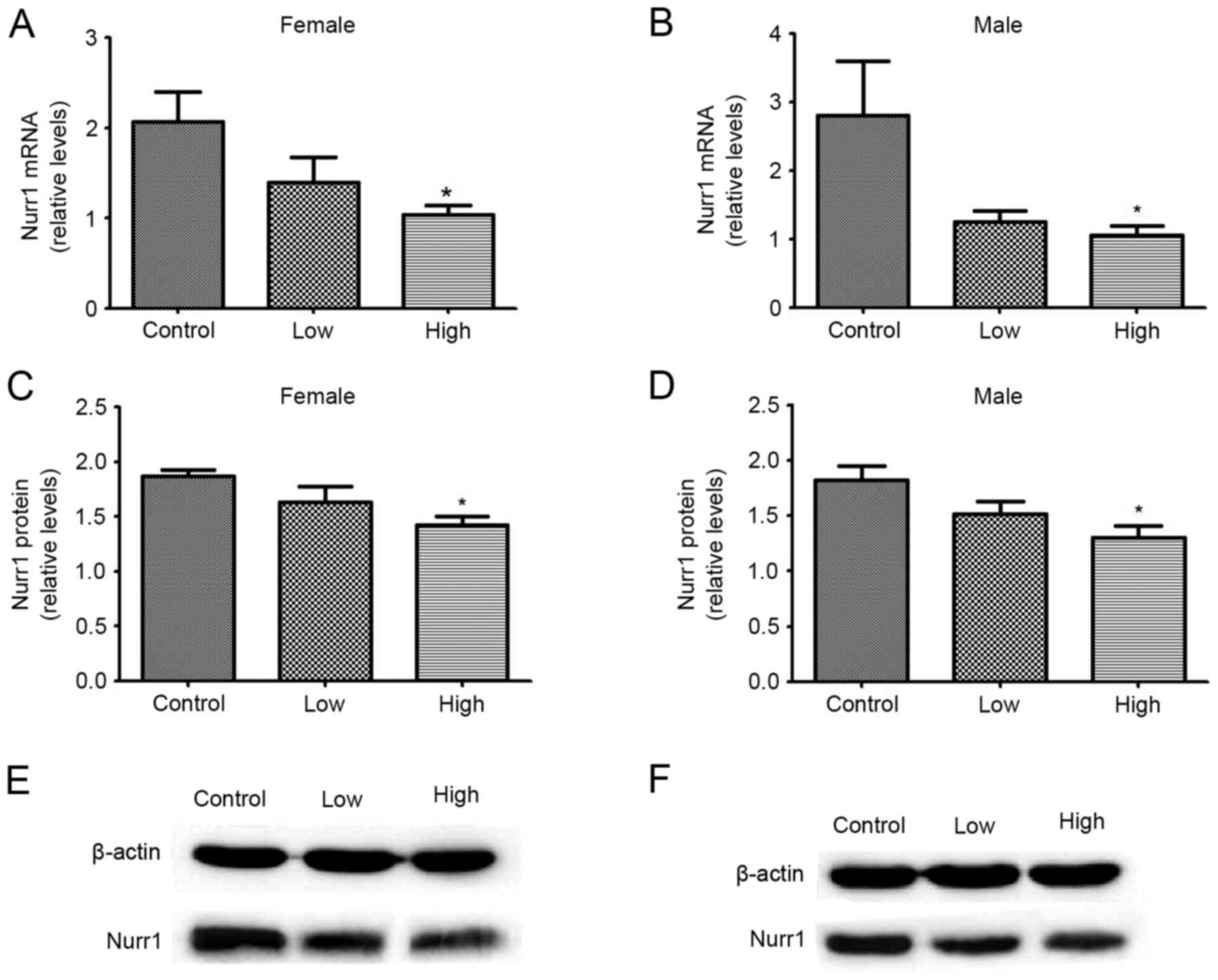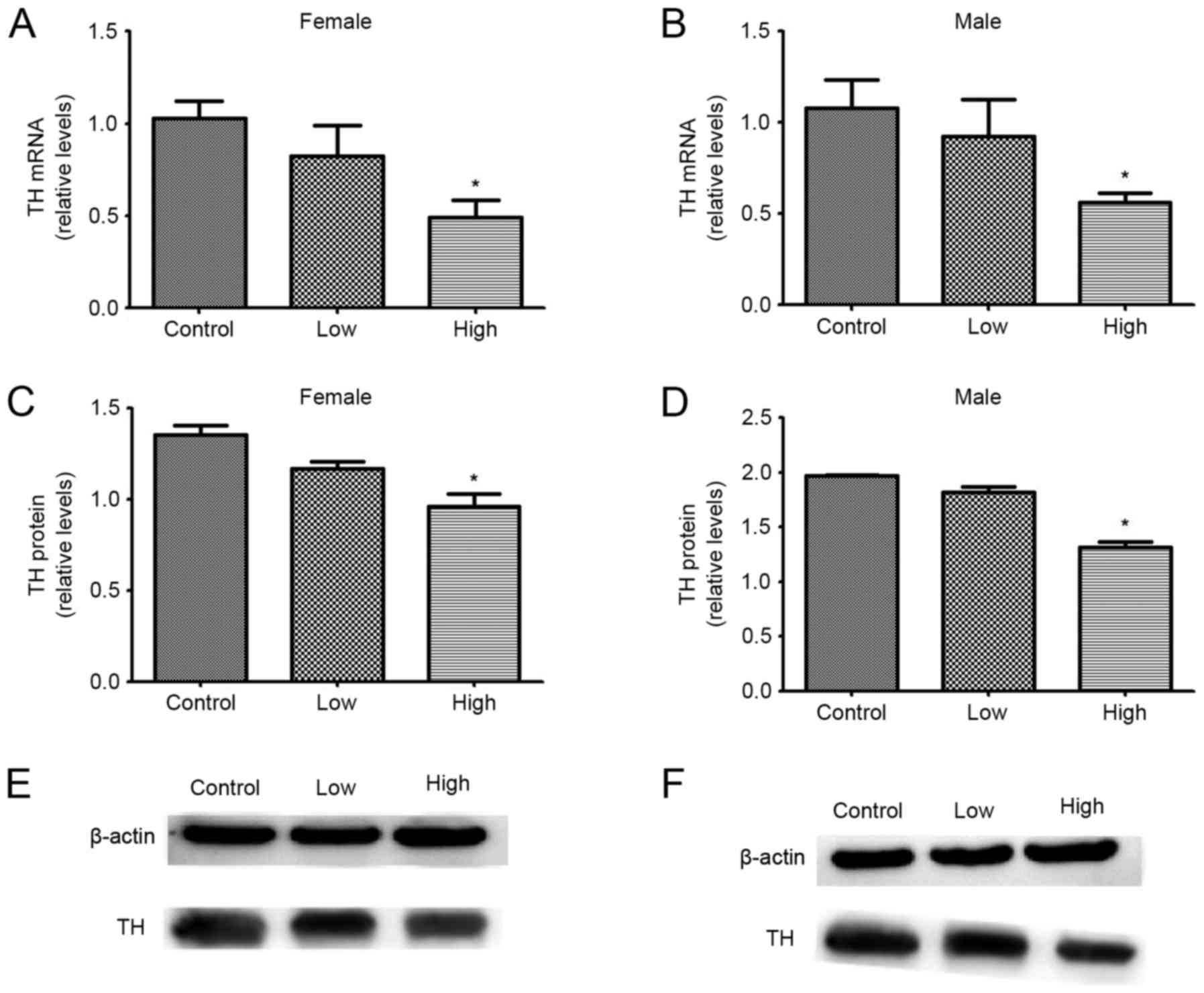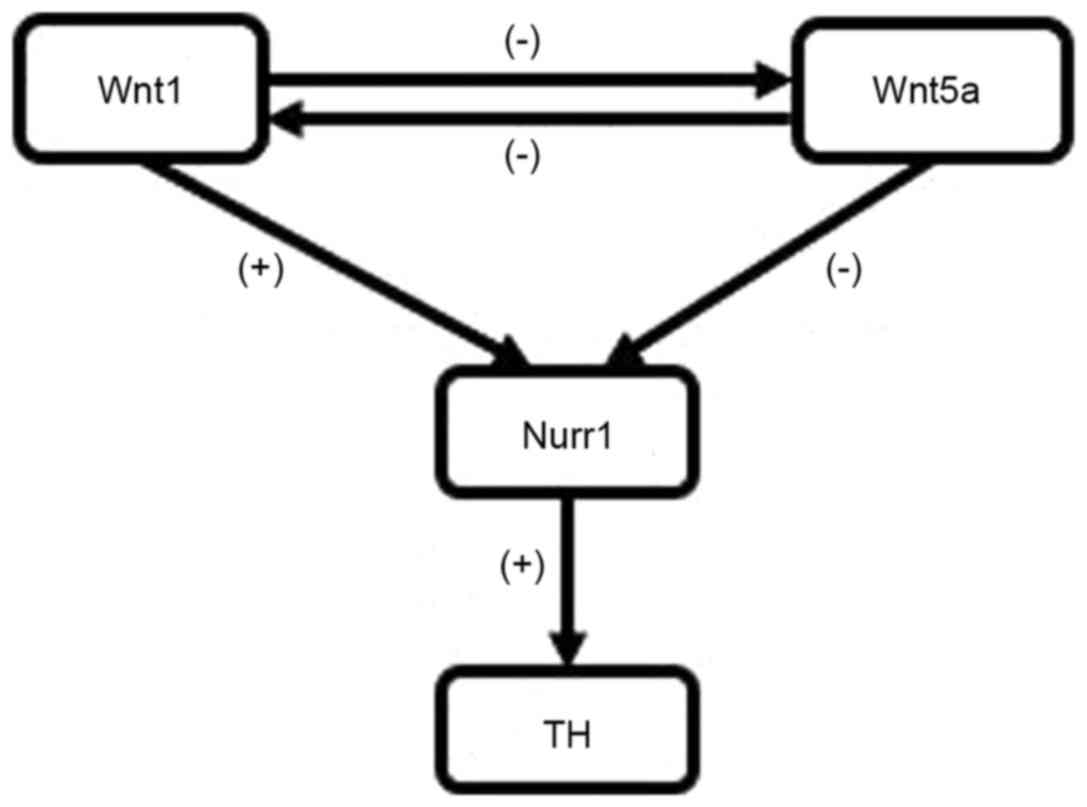|
1
|
Hauser RA, Heritier S, Rowse GJ, Hewitt LA
and Isaacson SH: Droxidopa and reduced falls in a trial of
parkinson disease patients with neurogenic orthostatic hypotension.
Clin Neuropharmacol. 39:220–226. 2016. View Article : Google Scholar : PubMed/NCBI
|
|
2
|
Goldman JG: Neuropsychiatric issues in
Parkinson disease. Continuum. 22:1086–1103. 2016.PubMed/NCBI
|
|
3
|
Savica R, Grossardt BR, Bower JH, Ahlskog
JE and Rocca WA: Time trends in the incidence of parkinson disease.
JAMA Neurol. 73:981–989. 2016. View Article : Google Scholar : PubMed/NCBI
|
|
4
|
Pathak K and Akhtar N: Nose to brain
delivery of nanoformulations for neurotherapeutics in parkinson's
disease: Defining the preclinical, clinical and toxicity issues.
Curr Drug Deliv. 2016. View Article : Google Scholar : PubMed/NCBI
|
|
5
|
Ritz B and Yu F: Parkinson's disease
mortality and pesticide exposure in California 1984–1994. Int J
Epidemiol. 29:323–329. 2000. View Article : Google Scholar : PubMed/NCBI
|
|
6
|
Shimizu K, Matsubara K, Ohtaki K and
Shiono H: Paraquat leads to dopaminergic neural vulnerability in
organotypic midbrain culture. Neurosci Res. 46:523–532. 2003.
View Article : Google Scholar : PubMed/NCBI
|
|
7
|
Finkbeiner S, Tavazoie SF, Maloratsky A,
Jacobs KM, Harris KM and Greenberg ME: CREB: A major mediator of
neuronal neurotrophin responses. Neuron. 19:1031–1047. 1997.
View Article : Google Scholar : PubMed/NCBI
|
|
8
|
Thiruchelvam M, Prokopenko O, Cory-Slechta
DA, Buckley B and Mirochnitchenko O: Overexpression of superoxide
dismutase or glutathione peroxidase protects against the paraquat +
maneb-induced Parkinson disease phenotype. J Biol Chem.
280:22530–22539. 2005. View Article : Google Scholar : PubMed/NCBI
|
|
9
|
Prakash J, Yadav SK, Chouhan S and Singh
SP: Neuroprotective role of Withania somnifera root extract in
maneb-paraquat induced mouse model of parkinsonism. Neurochem Res.
38:972–980. 2013. View Article : Google Scholar : PubMed/NCBI
|
|
10
|
Kumari R, Jha RR, Singh MP and Patel DK:
Whirling agitated single drop microextraction technique for the
simultaneous analysis of paraquat and maneb in tissue samples of
treated mice. J Sep Sci. 39:1725–1733. 2016. View Article : Google Scholar : PubMed/NCBI
|
|
11
|
Caputi FF, Carretta D, Lattanzio F,
Palmisano M, Candeletti S and Romualdi P: Proteasome subunit and
opioid receptor gene expression down-regulation induced by paraquat
and maneb in human neuroblastoma SH-SY5Y cells. Environ Toxicol
Pharmacol. 40:895–900. 2015. View Article : Google Scholar : PubMed/NCBI
|
|
12
|
Ni W, Zeng S, Li W, Chen Y, Zhang S, Tang
M, Sun S, Chai R and Li H: Wnt activation followed by Notch
inhibition promotes mitotic hair cell regeneration in the postnatal
mouse cochlea. Oncotarget. 7:66754–66768. 2016. View Article : Google Scholar : PubMed/NCBI
|
|
13
|
Kriks S, Shim JW, Piao J, Ganat YM,
Wakeman DR, Xie Z, Carrillo-Reid L, Auyeung G, Antonacci C, Buch A,
et al: Dopamine neurons derived from human ES cells efficiently
engraft in animal models of Parkinson's disease. Nature.
480:547–551. 2011.PubMed/NCBI
|
|
14
|
Alavian KN, Jeddi S, Naghipour SI, Nabili
P, Licznerski P and Tierney TS: The lifelong maintenance of
mesencephalic dopaminergic neurons by Nurr1 and engrailed. J Biomed
Sci. 21:272014. View Article : Google Scholar : PubMed/NCBI
|
|
15
|
Kitagawa H, Ray WJ, Glantschnig H,
Nantermet PV, Yu Y, Leu CT, Harada S, Kato S and Freedman LP: A
regulatory circuit mediating convergence between Nurr1
transcriptional regulation and Wnt signaling. Mol Cell Biol.
27:7486–7496. 2007. View Article : Google Scholar : PubMed/NCBI
|
|
16
|
Lee PC, Bordelon Y, Bronstein J and Ritz
B: Traumatic brain injury, paraquat exposure and their relationship
to Parkinson disease. Neurology. 79:2061–2066. 2012. View Article : Google Scholar : PubMed/NCBI
|
|
17
|
Yuan JS, Reed A, Chen F and Stewart CN Jr:
Statistical analysis of real-time PCR data. BMC Bioinformatics.
7:852006. View Article : Google Scholar : PubMed/NCBI
|
|
18
|
Schober A: Classic toxin-induced animal
models of Parkinson's disease: 6-OHDA and MPTP. Cell Tissue Res.
318:215–224. 2004. View Article : Google Scholar : PubMed/NCBI
|
|
19
|
L'Episcopo F, Tirolo C, Testa N, Caniglia
S, Morale MC, Deleidi M, Serapide MF, Pluchino S and Marchetti B:
Plasticity of subventricular zone neuroprogenitors in MPTP
(1-methyl-4-phenyl-1,2,3,6-tetrahydropyridine) mouse model of
Parkinson's disease involves cross talk between inflammatory and
Wnt/β-catenin signaling pathways: Functional consequences for
neuroprotection and repair. J Neurosci. 32:2062–2085. 2012.
View Article : Google Scholar : PubMed/NCBI
|
|
20
|
Gollamudi S, Johri A, Calingasan NY, Yang
L, Elemento O and Beal MF: Concordant signaling pathways produced
by pesticide exposure in mice correspond to pathways identified in
human Parkinson's disease. PloS One. 7:e361912012. View Article : Google Scholar : PubMed/NCBI
|
|
21
|
Desplats P, Patel P, Kosberg K, Mante M,
Patrick C, Rockenstein E, Fujita M, Hashimoto M and Masliah E:
Combined exposure to Maneb and Paraquat alters transcriptional
regulation of neurogenesis-related genes in mice models of
Parkinson's disease. Mol Neurodegener. 7:492012. View Article : Google Scholar : PubMed/NCBI
|
|
22
|
Barlow BK, Thiruchelvam MJ, Bennice L,
Cory-Slechta DA, Ballatori N and Richfield EK: Increased
synaptosomal dopamine content and brain concentration of paraquat
produced by selective dithiocarbamates. J Neurochem. 85:1075–1086.
2003. View Article : Google Scholar : PubMed/NCBI
|
|
23
|
Yan M, Wang X, Zhao L, Chang X and Zhou Z:
The effect of Wnt signaling pathway on paraquat induced PC12 cells
damage. Zhonghua Lao Dong Wei Sheng Zhi Ye Bing Za Zhi. 33:806–811.
2015.(In Chinese). PubMed/NCBI
|
|
24
|
Kumar A, Leinisch F, Kadiiska MB, Corbett
J and Mason RP: Formation and implications of alpha-synuclein
radical in maneb- and paraquat-induced models of Parkinson's
disease. Mol Neurobiol. 53:2983–2994. 2016. View Article : Google Scholar : PubMed/NCBI
|
|
25
|
Sousa KM, Villaescusa JC, Cajanek L, Ondr
JK, Castelo-Branco G, Hofstra W, Bryja V, Palmberg C, Bergman T,
Wainwright B, et al: Wnt2 regulates progenitor proliferation in the
developing ventral midbrain. J Biol Chem. 285:7246–7253. 2010.
View Article : Google Scholar : PubMed/NCBI
|
|
26
|
Zhang J, Götz S, Weisenhorn DM Vogt,
Simeone A, Wurst W and Prakash N: A WNT1-regulated developmental
gene cascade prevents dopaminergic neurodegeneration in adult
En1(+/-) mice. Neurobiol Dis. 82:32–45. 2015. View Article : Google Scholar : PubMed/NCBI
|
|
27
|
Barlow BK, Lee DW, Cory-Slechta DA and
Opanashuk LA: Modulation of antioxidant defense systems by the
environmental pesticide maneb in dopaminergic cells.
Neurotoxicology. 26:63–75. 2005. View Article : Google Scholar : PubMed/NCBI
|
|
28
|
Andersson ER, Prakash N, Cajanek L, Minina
E, Bryja V, Bryjova L, Yamaguchi TP, Hall AC, Wurst W and Arenas E:
Wnt5a regulates ventral midbrain morphogenesis and the development
of A9-A10 dopaminergic cells in vivo. PloS One. 3:e35172008.
View Article : Google Scholar : PubMed/NCBI
|
|
29
|
Andersson ER, Saltó C, Villaescusa JC,
Cajanek L, Yang S, Bryjova L, Nagy II, Vainio SJ, Ramirez C, Bryja
V and Arenas E: Wnt5a cooperates with canonical Wnts to generate
midbrain dopaminergic neurons in vivo and in stem cells. Proc Natl
Acad Sci U S A. 110:pp. E602–E610. 2013; View Article : Google Scholar : PubMed/NCBI
|
|
30
|
Fischer T, Guimera J, Wurst W and Prakash
N: Distinct but redundant expression of the Frizzled Wnt receptor
genes at signaling centers of the developing mouse brain.
Neuroscience. 147:693–711. 2007. View Article : Google Scholar : PubMed/NCBI
|
|
31
|
Gao H, Sun B, Fu H, Chi X, Wang F, Qi X,
Hu J and Shao S: PDIA6 promotes the proliferation of HeLa cells
through activating the Wnt/β-catenin signaling pathway. Oncotarget.
7:53289–53298. 2016. View Article : Google Scholar : PubMed/NCBI
|
|
32
|
Zetterstrom RH, Solomin L, Jansson L,
Hoffer BJ, Olson L and Perlmann T: Dopamine neuron agenesis in
Nurr1-deficient mice. Science. 276:248–250. 1997. View Article : Google Scholar : PubMed/NCBI
|
|
33
|
Saucedo-Cardenas O, Quintana-Hau JD, Le
WD, Smidt MP, Cox JJ, De Mayo F, Burbach JP and Conneely OM: Nurr1
is essential for the induction of the dopaminergic phenotype and
the survival of ventral mesencephalic late dopaminergic precursor
neurons. Proc Natl Acad Sci USA. 95:pp. 4013–4018. 1998; View Article : Google Scholar : PubMed/NCBI
|
|
34
|
Castillo SO, Baffi JS, Palkovits M,
Goldstein DS, Kopin IJ, Witta J, Magnuson MA and Nikodem VM:
Dopamine biosynthesis is selectively abolished in substantia
nigra/ventral tegmental area but not in hypothalamic neurons in
mice with targeted disruption of the Nurr1 gene. Mol Cell Neurosci.
11:36–46. 1998. View Article : Google Scholar : PubMed/NCBI
|
|
35
|
Xiao Q, Castillo SO and Nikodem VM:
Distribution of messenger RNAs for the orphan nuclear receptors
Nurr1 and Nur77 (NGFI-B) in adult rat brain using in situ
hybridization. Neuroscience. 75:221–230. 1996. View Article : Google Scholar : PubMed/NCBI
|
|
36
|
Hermanson E, Joseph B, Castro D, Lindqvist
E, Aarnisalo P, Wallén A, Benoit G, Hengerer B, Olson L and
Perlmann T: Nurr1 regulates dopamine synthesis and storage in MN9D
dopamine cells. Exp Cell Res. 288:324–34. 2003. View Article : Google Scholar : PubMed/NCBI
|
|
37
|
Ding Y, Zhang Z, Ma J, Xia H, Wang Y, Liu
Y, Ma Q, Sun T and Liu J: Directed differentiation of postnatal
hippocampal neural stem cells generates nuclear receptor related1
protein and tyrosine hydroxylaseexpressing cells. Mol Med Rep.
14:1993–1999. 2016. View Article : Google Scholar : PubMed/NCBI
|
|
38
|
Kim KS, Kim CH, Hwang DY, Seo H, Chung S,
Hong SJ, Lim JK, Anderson T and Isacson O: Orphan nuclear receptor
Nurr1 directly transactivates the promoter activity of the tyrosine
hydroxylase gene in a cell-specific manner. J Neurochem.
85:622–634. 2003. View Article : Google Scholar : PubMed/NCBI
|
|
39
|
Huang L, Deng M, He Y, Lu S, Liu S and
Fang Y: β-asarone increases MEF2D and TH levels and reduces
α-synuclein level in 6-OHDA-induced rats via regulating the
HSP70/MAPK/MEF2D/Beclin-1 pathway: Chaperone-mediated autophagy
activation, macroautophagy inhibition and HSP70 up-expression.
Behav Brain Res. 313:370–379. 2016. View Article : Google Scholar : PubMed/NCBI
|
|
40
|
Medeiros HH, Santana MA, Leite MD, Aquino
LA, de Barros MA, Galvão NT, Ladd FV, Cavalcante JC, Costa MS,
Cavalcante JS and Nascimento ES Jr: The cytoarchitectonic and
TH-immunohistochemical characterization of the dopamine cell groups
in the substantia nigra, ventral tegmental area and retrorubral
field in a bat (Artibeus planirostris). Neurosci Res. 112:37–46.
2016. View Article : Google Scholar : PubMed/NCBI
|
|
41
|
Nagatsu T and Nagatsu I: Tyrosine
hydroxylase (TH), its cofactor tetrahydrobiopterin (BH4), other
catecholamine-related enzymes and their human genes in relation to
the drug and gene therapies of Parkinson's disease (PD): Historical
overview and future prospects. J Neural Transm (Vienna).
123:1255–1278. 2016. View Article : Google Scholar : PubMed/NCBI
|
|
42
|
Yu J, Li X, Yang J, Wu Y and Li B: Effects
of simazine exposure on neuronal development-related factors in
mn9d cells. Med Sci Monit. 22:2831–2838. 2016. View Article : Google Scholar : PubMed/NCBI
|




